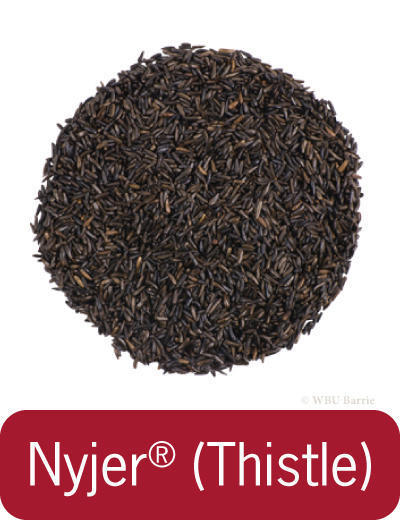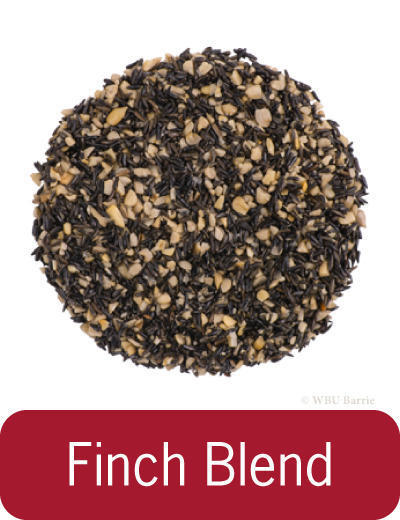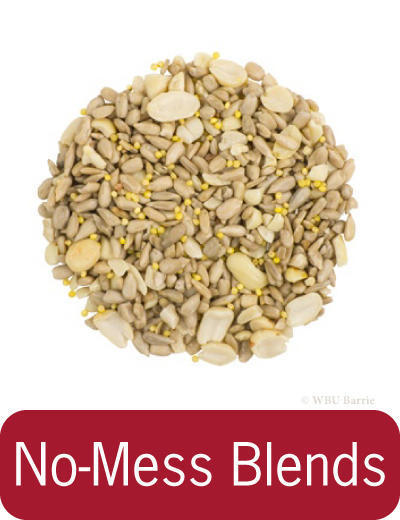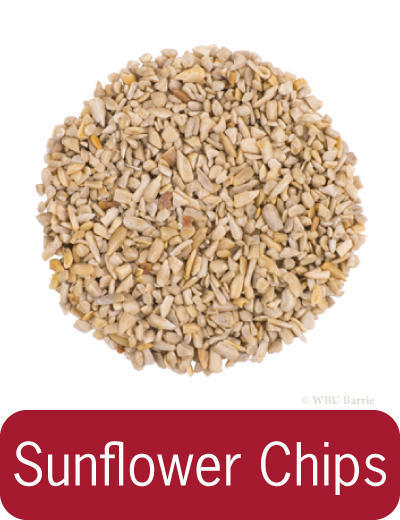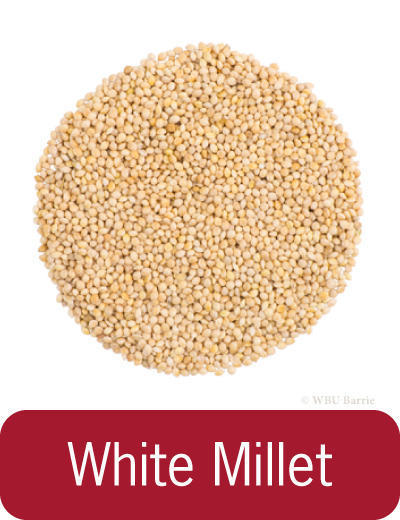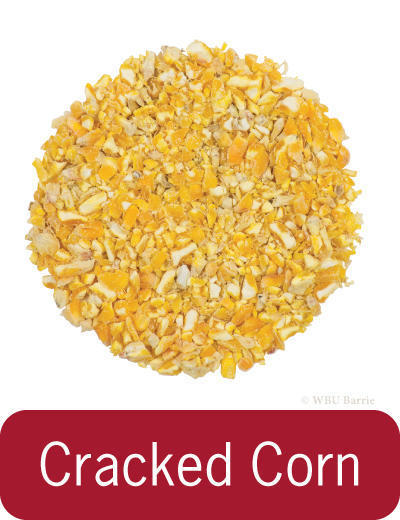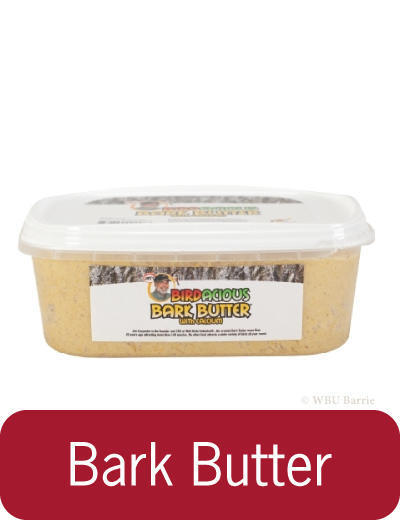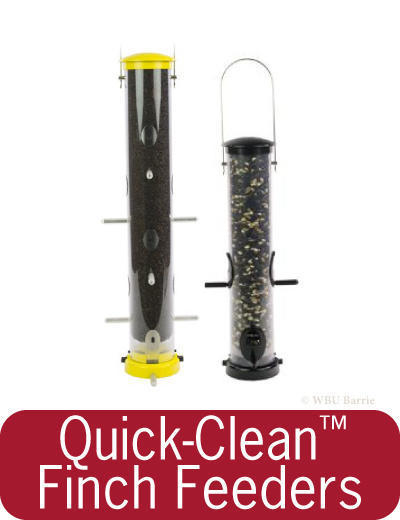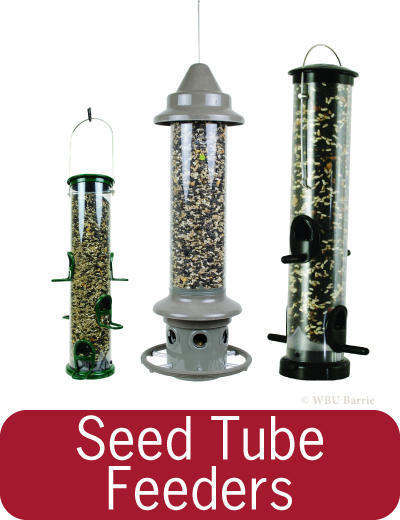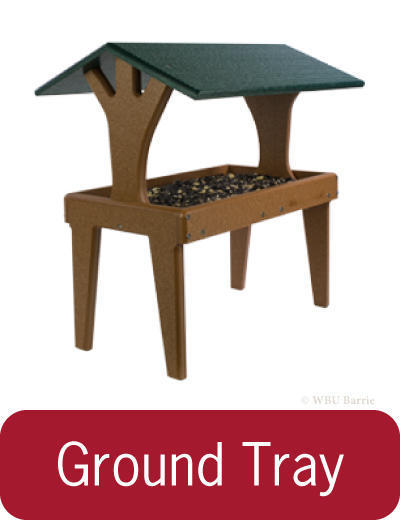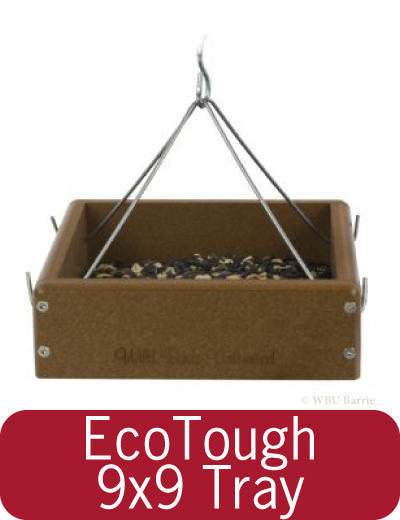Attracting Indigo Buntings to Your Backyard
 Often referred to as "blue canaries" or "blue finches", the all-blue male Indigo Bunting sings its cheerful song (see video below to hear its song) from the tallest perch in sight, from dusk to dawn. While common and wide-spread during spring and summer, they are often hard to spot due to their habits of perching very high in the trees where their blue colour is not as obvious, appearing almost black from below.
Often referred to as "blue canaries" or "blue finches", the all-blue male Indigo Bunting sings its cheerful song (see video below to hear its song) from the tallest perch in sight, from dusk to dawn. While common and wide-spread during spring and summer, they are often hard to spot due to their habits of perching very high in the trees where their blue colour is not as obvious, appearing almost black from below.
Look for Indigo Buntings in areas where fields meet forests They especially love hedgerows, overgrown patches and brushy roadsides. They're often spotted singing from telephone lines along rural roadways.
What Do They Look Like?
Indigo Buntings are a stocky, sparrow-sized bird. They have a conical silver-grey bill and a short rounded tail. During breeding season, males are a bright blue throughout, with a slightly deeper blue on their heads. During non-breeding seasons, they may appear patchy blue and brown. Females and juvenille indigo buntings are an overall brown (darker on top, with a paler brown underneath) with blue highlights. Faint streaking appears on the chest.
Do They Migrate?
Buntings are predominantly migratory, arriving in Simcoe County in late Spring for their breeding season and returning to their wintering areas (southern Florida to northern South America) in the fall. They are a long-distance migrant, travelling about 1,200 miles (1931 kms) one way!
Foods
Feeders
Birdbaths (Water)
Water is essential to all birds and providing a bird bath means they don’t have to travel great distances to find water. Water in a bird bath should be cleaned regularly as birds defecate, leave bits of food and feathers in the bath, not to mention leaves and other items that can end up in a bath. In the winter, heated birdbaths provide an excellent place for birds to drink. During the warmer months the WBU Water Wigglers and Solar Fountains create moving water in your birdbath, making the bath even more attractive to birds. WBU Barrie carries a variety of plastic, metal and clay birdbaths and accessories, as well as heated birdbaths for the colder months. Visit our page on birdbaths for a selection of styles as well as accessories like brushes, solar fountains, water wigglers and Fountain Fresh Water Clarifier.
Nesting
Indigo Buntings make their nests in bushes and small trees. Unfortunately they will not use a nest box. However, you can make your yard attractive to them as a nesting site by ensuring a variety of native plants and shrubs are planted to provide shelter and nesting opportunities. Keeping undergrowth around the edges of your yard can increase the likely hood of these beautiful birds choosing your yard as a nesting site. Hanging nesting material, such as Alpaca Fleece or our WBU Nesting Material Ball, will further encourage them to take up residence in our yard, and will add to your viewing pleasure as they will spend more time in your yard gathering their nesting materials.
Fun Facts
-
Indigo Buntings migrate at night, using the stars for guidance.
-
Like other blue birds, Indigo Buntings have no blue pigments in their feathers. Instead, each feather is a drab brown and refracts and reflects only the blue wavelength when light is on it resulting in their blue appearance.
-
For more information visit this great resource: Lab of Ornithology at Cornell - All About Birds - Indigo Bunting


